
Supporting a True Community School
Principals give back at NAESP’s annual Community Service Day.
Topics: Family and Stakeholder Engagement, School Culture and Climate
In July, NAESP hosted its annual Community Service Day at Seattle’s Bailey Gatzert Elementary School. Held alongside the UNITED Conference and made possible through generous sponsorship from Landscape Structures and Play Creations, the day brought in volunteers from across the country to help build a play structure and inclusive outdoor space.
“It was a beautiful sight—100 principals working together toward one goal,” says principal Ronnie Belle, now in his seventh year at Bailey Gatzert. “They came in, and we built the play structure and did a ribbon-cutting all within five hours. We just made it happen.”
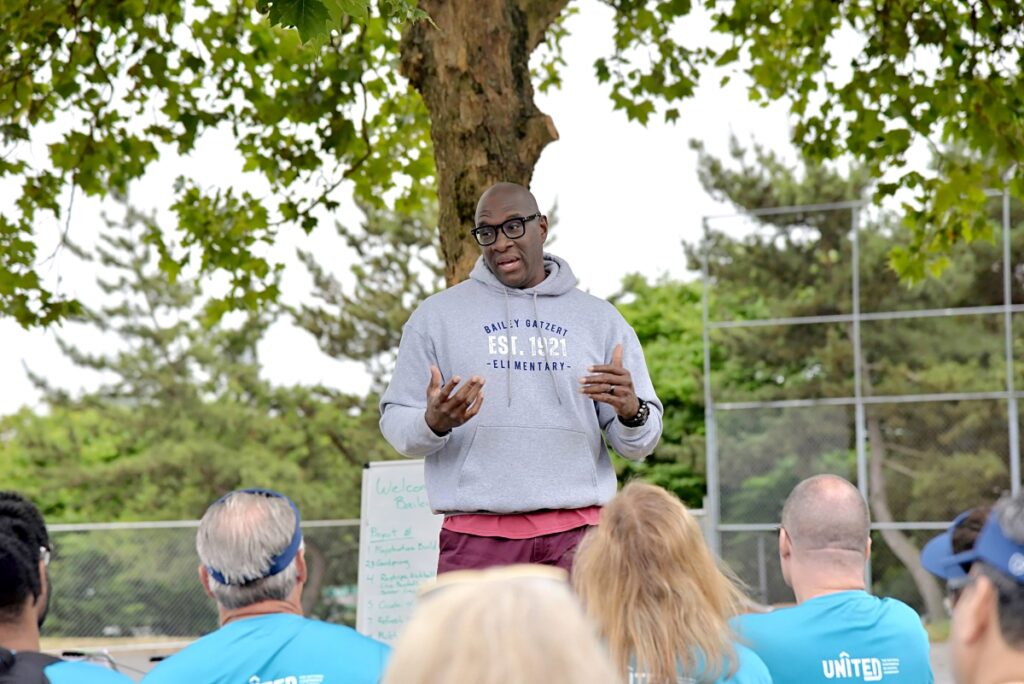
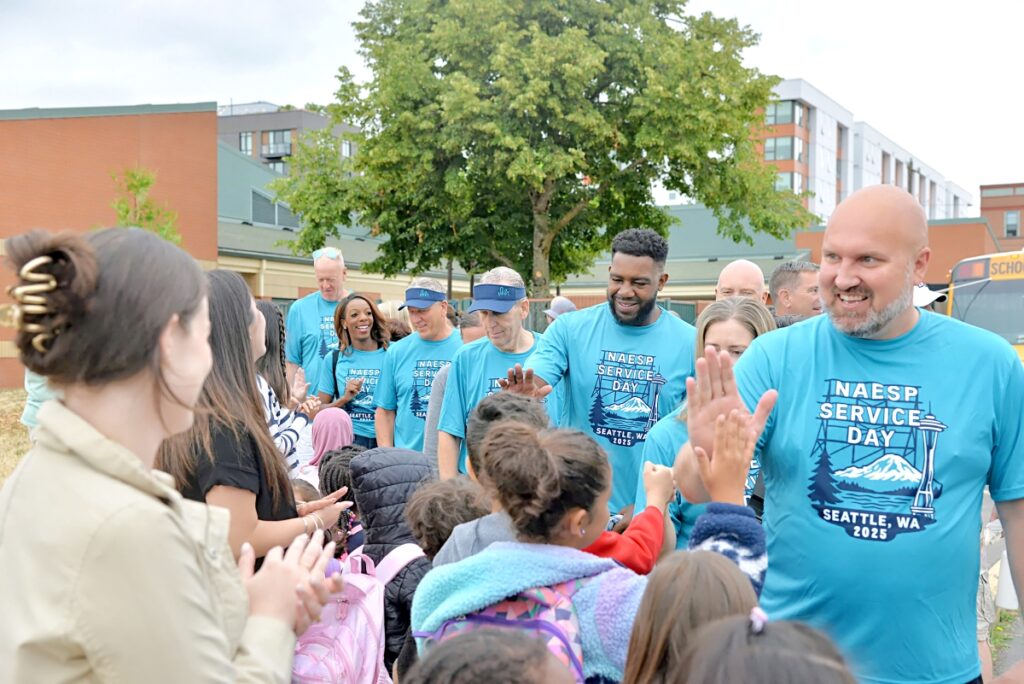
Supporting Family Needs
Belle is no stranger to community-building, and similarly seeks to get students, staff, and families involved in school planning. “Our goal is to promote what we call “the Big Three”—home, school, and community—all moving in unison with the same goal in mind,” he says.
Giving students and families what they want takes more than guesswork, though, so the school frequently issues surveys to tailor its supports. “I’ve learned to stop trying to prescribe to people what [I] think they need,” Belle says. “Just ask them—they’ll tell you exactly what they need.”
Community Support
The school often partners with local businesses to enhance the student experience. In October, Nordstrom sponsored Shoes That Fit, an initiative that provided a new pair of shoes to every one of Bailey Gatzert’s more than 400 students.
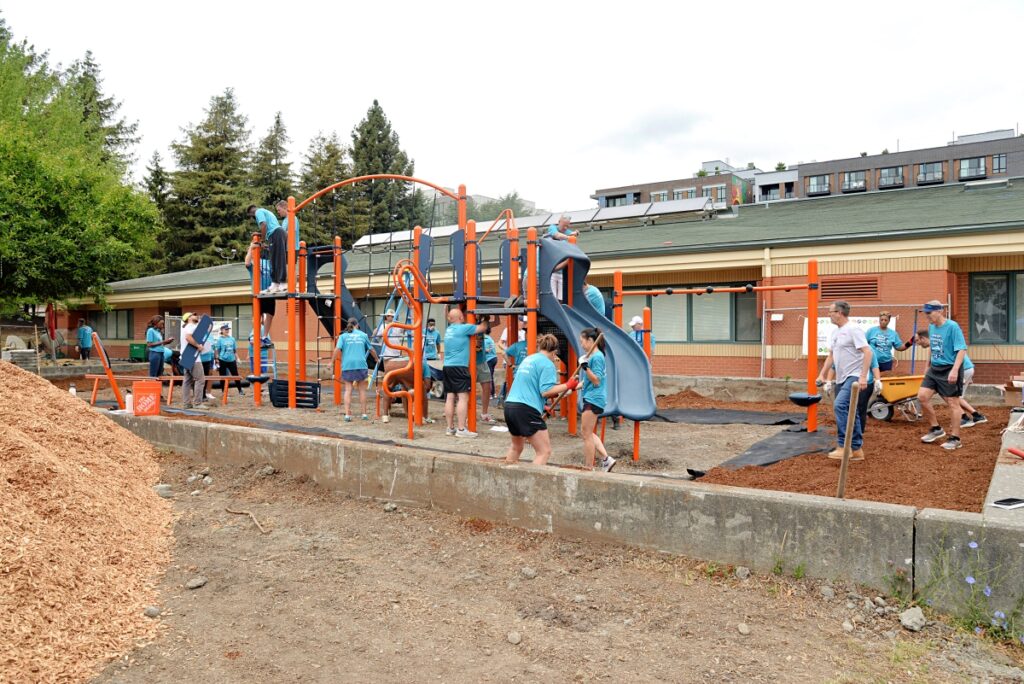
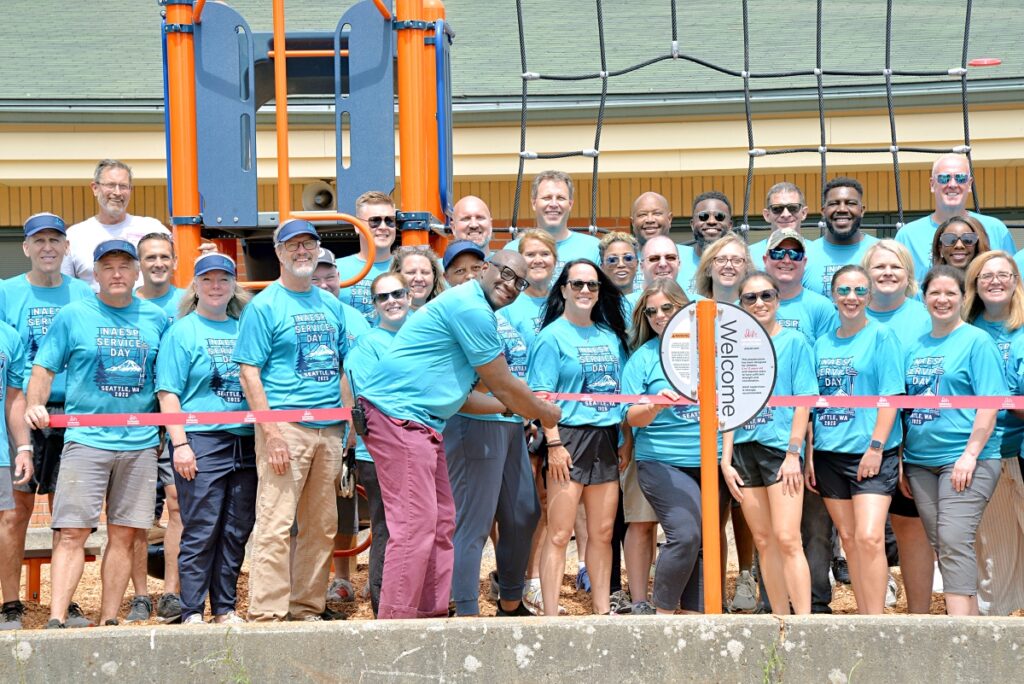
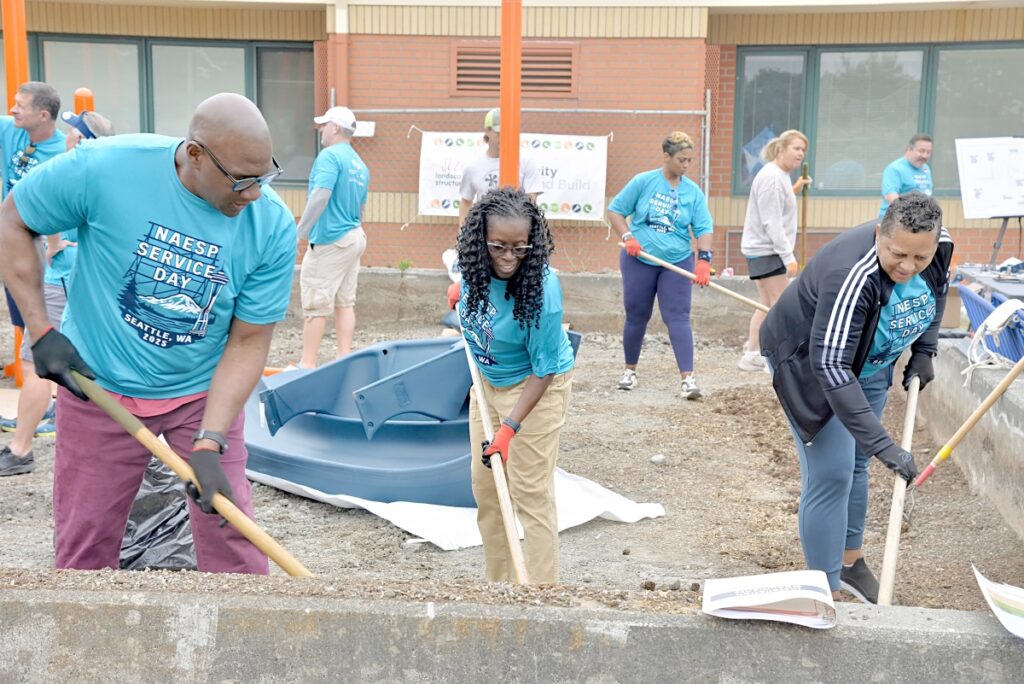
It also taps teachers from Seattle University’s preparation program to lead classes in literacy, the arts, and STEM subjects. Some participants have come full circle, with an estimated 10 percent of Bailey Gatzert graduates eventually matriculating at the university.
“You have to bring the community into the space,” Belle says. “It’s a collective effort to get students where we want them to be. Our goal is to remove barriers. I tell families all the time: ‘Just drop your baby off, and we’ll take it from there. Whatever you ask for, we can provide.’ ”
A Culture of Kindness

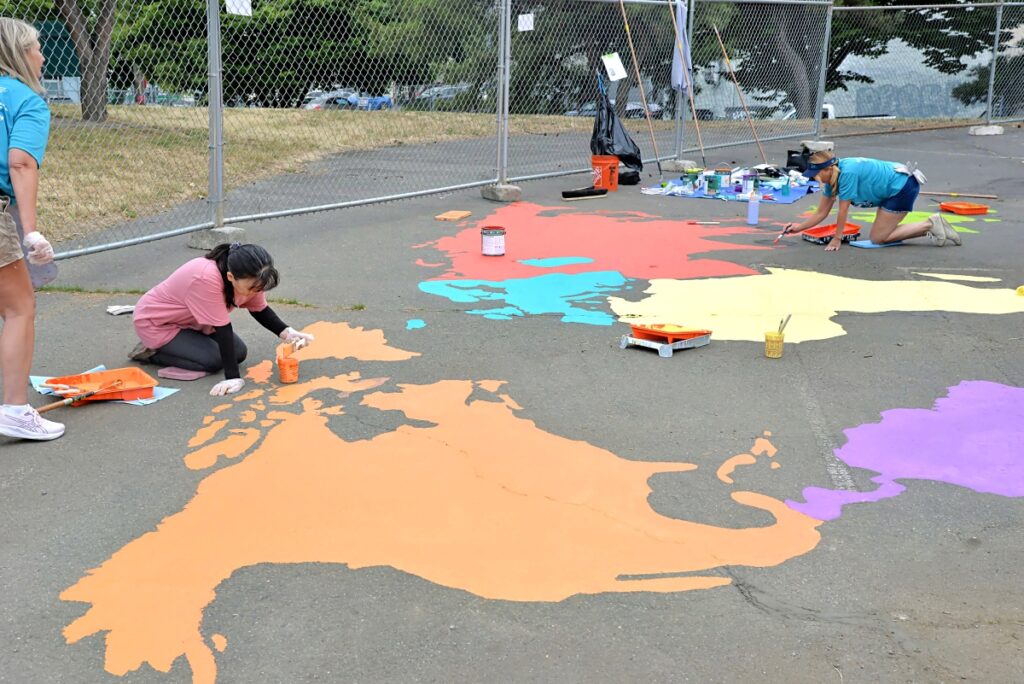
Staff model kindness every day to build students’ social-emotional skills with the help of a restorative practice coordinator. Kids earn stickers and recognitions for good behavior, while a “calmdown corner” in every classroom offers a place to decompress when they feel upset.
Belle’s advice on creating community? “Know and understand your culture and your climate—what the vibe is like, how people treat each other,” he says. “If you walk in and see the staff saying good morning to kids or kids saying good morning to each other, that’s a good culture.”

